In the Thomas-Mann-house, in the Lithuanian Nida, a new exhibition of the role of the wife of the famous writer and Nobel literature prize winner.
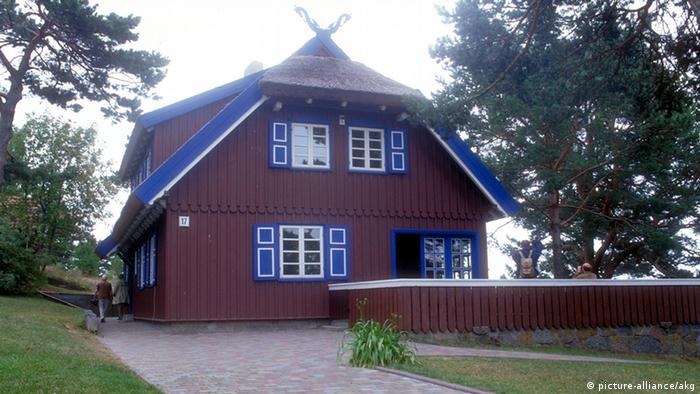
Under the title “Frau Thomas Mann” panels as part of the permanent exhibition in the former summer house of Nobel prize winner on six life and the presented speed of Katia’s husband. “We want to show what a strong woman Katia’s husband was and how important she was for Thomas man,” says Jurate Ruzveltiene from the Thomas-Mann cultural centre.
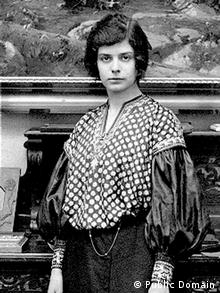
Katharina “Katia” Hedwig Mann-Pringsheim (1883-1980)
Katia Mann (1883-1980) had looked after the six children and the household in the pair was Familiar, and counselor for her husband, and I typed up the manuscripts. Also, their stories, and shield had been of experiences, suggestions for Thomas man, says Ruzveltiene.
Three summer of the writer and his family spent from 1930 to 1932 in their holiday home on the Baltic sea. Today’s former summer home domicile, a cultural center and a Museum. For Thomas Mann, it was something like love at first sight. Only a few days in the summer of 1929, met the famous author, in order not to lose his heart to the landscape of the Curonian spit. Overwhelmed by the uniqueness and beauty of nature, and the writer (1875-1955) was in the Lithuanian fishing village of Nida, to build a summer house. But man and his family should just be able to three summer in your holiday home at the Baltic sea spend. The coming to power of the Nazis forced him into exile.
“The dream of owning a summer house had had Thomas Mann already on previous trips. But here he should meet him,” said Lina Motuziene. The Lithuanian is the Director of the Thomas Mann cultural centre with a Museum since the mid-1990s in the red-brown wooden house with a thatched roof, and in the “Niddener Blue” held the window shutters and gable edges.
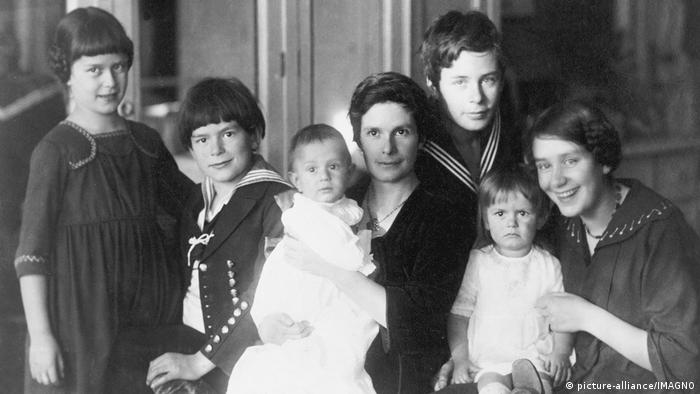
Katia’s husband, with their six children (1925)
Idyll between lagoon and Baltic sea
Discovered Thomas and Katia Mann had a stroke of the idyllic country, rather by chance, on the verge of a trip to Königsberg (today: Kaliningrad) in former East Prussia. A recommendation following this she went for the last holiday days in the former Nidden (today: Nida), was until the end of the First world war, the German Memel country, and has developed into an artists ‘ colony.
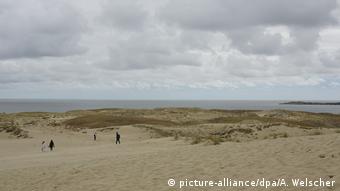
View on the Curonian spit
The short stay made a deep impression. “The fantastic world of the dunes, the pines of elk inhabited and birch forest between the lagoon and the Baltic sea, the wild magnificence of the beach have taken hold of us, we decided to create to so remote a fixed place of residence”, described by Thomas Mann as the motivation for the construction of the Niddener summer house.
A year later, it was by a local architect in the style of a fisherman’s cottage built property finished. 16. July 1930 was able to move the family man in their simple, but by local standards, comfortable summer Seating. The Cathedral was financed with the prize money for the Nobel prize for literature, the man at the end of 1929 for his first novel “Buddenbrooks”.
First the work and then the beach
Nida experienced by the stay of the writer family a boom in tourism. Today it is once again an attraction for tourists, especially from Germany, to visit in the summer months, the Thomas Mann house.
After destruction in war and rebuilding in the Soviet period, the house shines after a renovation about 20 years ago, today apparently intact in its old glory. However, the furniture is missing – it was plundered after the Second world war. The photos convey, newspaper clippings, and panels of the permanent exhibition is a presentation of the life and Work of Mann in Nidden.
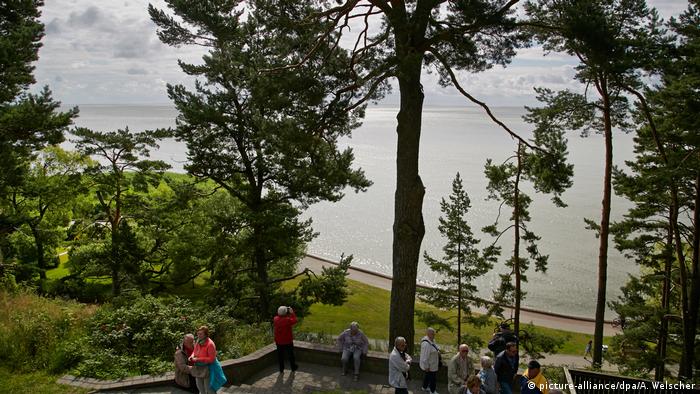
Thomas Mann’s “Italy views” on the Baltic sea
In the lower floor is the living room with fireplace and Veranda, a wonderful view to the Curonian lagoon opens up. As well as the work room of the house Lord in the attic – Thomas Mann’s view of the language of his “Italy”. So easily this is no more evident today, however, the tall pine trees on the slopes of the dunes to adjust, in the meantime, the presence of something.
In his small, every year about 50,000 visitors to the house often reverently entered the work room man, was dedicated to the holiday of the work. “He always had a very strict, disciplined days,” says Motuziene. The family have had to take that into consideration.
From the everyday life of a man on vacation witnesses also in the summer house pictures of the family on the beach or in the tea on the terrace. While the great writer was absorbed in his work, and the Public shunned, and enjoyed his children of their time on the Baltic sea. Nida, however, should remain only a short time, a carefree summer Paradise for the man. The then political development in Germany cast a dark shadow over the picturesque fishermen’s village.

Thomas Mann-the permanent exhibition in his former summer home
Farewell and exile
According to a polemic in the “Berliner Tageblatt”, in which he condemned attacks on the NSDAP’s opponents in Königsberg, and against the growing danger of the “disease” of national socialism, warned, found Thomas Mann, in August, 1932, a package in front of his summer house. A charred copy of the “buddenbrooks”was located.
Without knowing that he “wouldn’t see the beautiful part of the world”, left the writer in September, 1932, his beloved Nida. The farewell should be a definitive.
After Hitler’s rise to power, the family emigrated from Germany in 1933 and emigrated to the deprivation of citizenship in the United States. Thomas man should never return to Nida/Nida, which had become for him from the point of view of his favorite grandson Frido to a “retreat, perhaps even a kind of pre-exile”.
Alexander Wels cher (dpa)